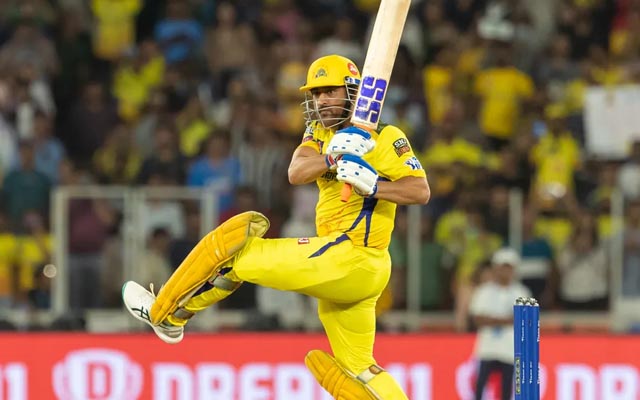How many overs in IPL matches?
Cricket, sometimes known as “the game of glorious uncertainties,” captivates millions of fans worldwide with its unique blend of strategy, talent, and drama. Understanding the fundamentals of the Indian Premier League (IPL) is vital for both spectators and enthusiasts. One such factor that is important in IPL matches is the concept of overs. In this detailed guide, we’ll look at the subtleties of overs in IPL matches, including their relevance, structure, and contribution to the tournament’s excitement.

What Are Overs in Cricket?
Before we go into the technicalities of overs in IPL matches, let’s first define what an over is in cricket. An over in cricket is a sequence of deliveries bowled consecutively by a single bowler from one end of the pitch to the other. Each over normally comprises of six legal deliveries, though this varies depending on the game configuration.
Structure of Overs in IPL matches
The IPL matches are played in the Twenty20 (T20) format, which is distinguished by its quick speed and emphasis on aggressive gameplay. As a result, the overs structure of IPL matches is consistent with regular T20 regulations, with each innings consisting of a set amount of overs for both batting teams.
Twenty Overs Per Inning: In IPL matches, each innings consists of twenty overs for both teams. This means that both the batting and bowling teams can play and bowl up to twenty overs each during the match.
Powerplay Overs: The first overs of each innings are marked as powerplay overs. In the IPL, the powerplay normally consists of the opening six overs of each innings, during which fielding restrictions are imposed to encourage aggressive batting.
Strategic Timeouts: In addition to conventional overs, IPL matches may include strategic timeouts, which allow teams to pause and strategize during the game. These timeouts, which normally last a few minutes, are strategically placed to give teams time to regroup and prepare their next steps.
Significance of Overs in IPL Matches
Overs have a significant impact on the dynamics and outcome of IPL matches for various reasons:
Scoring possibilities: Each over provides batsmen with possibilities to score runs through well-placed strokes and aggressive play. Bowlers, on the other hand, seek to limit the opposition team’s scoring potential by throwing accurate and challenging deliveries.
Overs provide bowlers with opportunities to take wickets by outwitting and outmaneuvering the opposing batters. Wickets are treasured possessions in cricket because they not only dismiss batsmen, but also put pressure on the batting team and change the momentum of the match.
Strategic Planning: Captains and coaches use strategic planning and tactical maneuvers to allocate overs and rotate bowlers. Teams strive to outwit their opponents on the field by strategically deploying bowlers and skillfully managing resources.
Overs add greatly to the entertainment value of IPL matches, with each delivery containing the potential for excitement, drama, and momentum shifts. Whether it’s a scorching boundary, a wicket-taking delivery, or a nail-biting conclusion, overs keep fans on the edge of their seats all game.
Also Read:- How Many Hours Until 9am Today
Overs are the foundation of IPL matches, providing the framework within which the action takes place on the field. Understanding the nuances of overs is critical for cricket aficionados and fans, as it improves appreciation for the game’s strategic features and the complexities of match play. As the IPL continues to attract spectators across the world, overs will remain a staple of the league, determining the storyline and excitement of each match.
So, the next time you watch an IPL match, pay attention to the overs and marvel at the strategic battles, exhilarating moments, and magnificent displays of skill that occur with each delivery.

